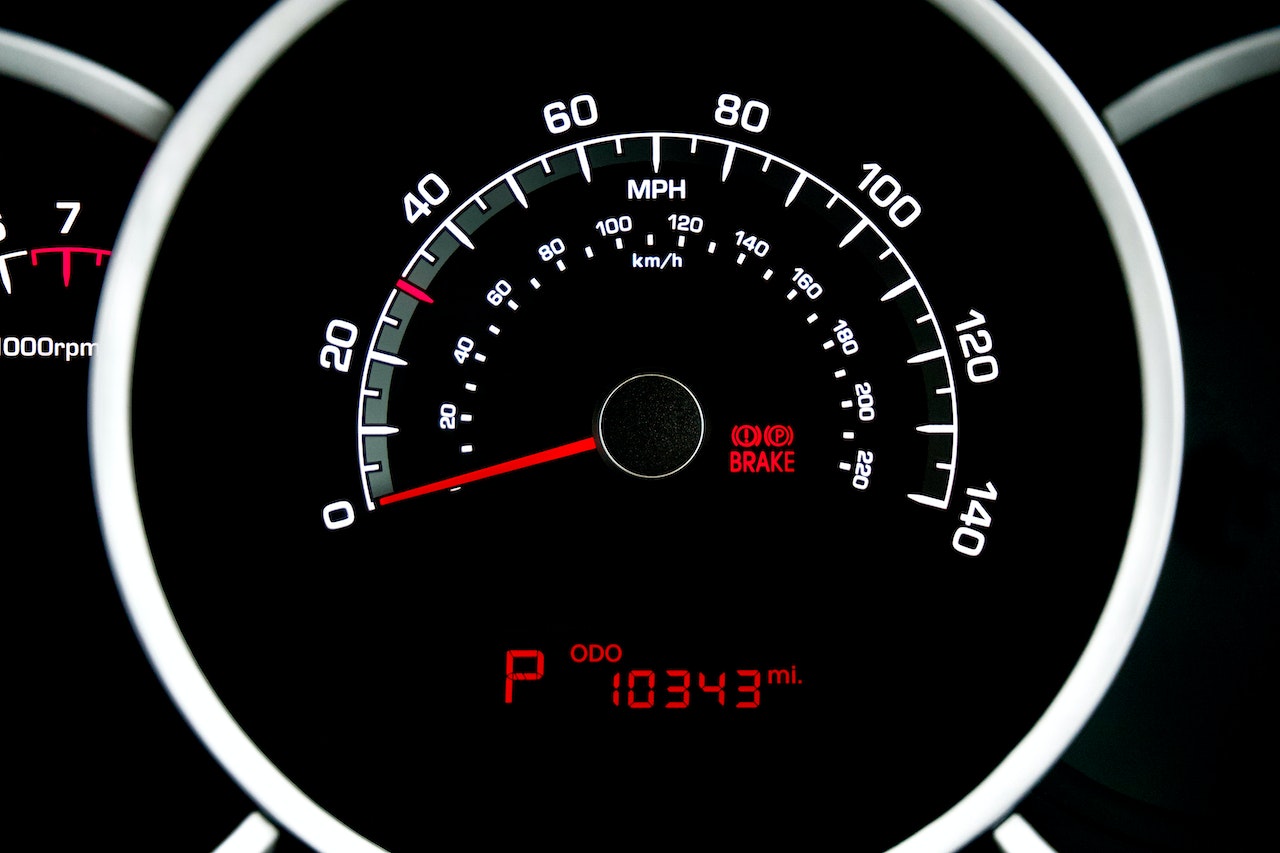The world of sports cars has always been associated with luxury, power, and speed. When the term “sports car” comes to mind, most people immediately think of high-performance vehicles with hefty price tags. However, you don’t have to break the bank to own a thrilling and stylish sports car. In fact, there are several options available for under $50,000 that offer exceptional performance, handling, and style without compromising on quality.
In this article, we will explore the top five sports cars available for under $50,000. Each of these cars has its own unique attributes, and we will discuss their pros, cons, history, and any known complaints or recalls.
Ford Mustang GT
The Ford Mustang is an iconic American muscle car with a rich history dating back to 1964. Over the years, the Mustang has undergone numerous changes and upgrades, culminating in the current-generation Mustang GT, which offers an impressive combination of power, performance, and affordability.
Pros:
- The Mustang GT comes with a 5.0-liter V8 engine that produces 450 horsepower and 410 lb-ft of torque, providing thrilling acceleration and plenty of power for passing.
- With a starting price of around $43,000, the Mustang GT is one of the more affordable sports cars on the market.
- The Mustang GT’s independent rear suspension provides excellent handling and a comfortable ride, making it a great choice for both spirited driving and daily commuting.
- The GT model comes with a variety of standard features, including a touchscreen infotainment system, a rearview camera, and a limited-slip rear differential.
Cons:
- Some drivers may find the Mustang GT’s interior to be somewhat dated and lacking in high-quality materials.
- The Mustang GT is a relatively large and heavy vehicle, which may affect its agility and handling compared to smaller, lighter sports cars.
- There have been some recalls for the Mustang GT, including a 2018 recall for a potential fuel leak and a 2020 recall for a potential brake issue.
Chevrolet Camaro SS
The Chevrolet Camaro is another American muscle car with a storied history, dating back to its debut in 1966. The current generation Camaro SS offers an exciting blend of power, style, and technology at an attractive price point.
Pros:
- The Camaro SS is powered by a 6.2-liter V8 engine that produces 455 horsepower and 455 lb-ft of torque, providing exhilarating performance and impressive straight-line speed.
- With a starting price of around $45,000, the Camaro SS is a relatively affordable option for those looking to purchase a sports car.
- The Camaro SS features a modern and well-equipped interior, complete with a touchscreen infotainment system, Apple CarPlay, and Android Auto compatibility.
- The SS model includes advanced performance features such as Brembo brakes, a limited-slip differential, and a sport-tuned suspension.
Cons:
- The Camaro SS’s aggressive styling may not be to everyone’s taste, and its low-slung design can make it difficult to see out of the car.
- The Camaro SS has a relatively small trunk and tight rear seats, limiting its practicality as a daily driver.
- Some recalls have affected the Camaro SS, including a 2017 recall for a potential power steering issue and a 2019 recall for a potential transmission issue.
Mazda MX-5 Miata
The Mazda MX-5 Miata is a lightweight, agile sports car that has been a favorite among enthusiasts since its introduction in 1989. The current-generation Miata stays true to its roots while offering modern amenities and an engaging driving experience.
Pros:
- The Miata’s 2.0-liter four-cylinder engine produces 181 horsepower and 151 lb-ft of torque, providing lively performance despite its modest power output.
- With a starting price of around $27,000, the Miata is one of the most affordable sports cars available, making it an attractive option for those on a budget.
- The Miata’s lightweight construction and rear-wheel-drive layout contribute to its exceptional handling and agility, making it a joy to drive on twisty roads.
- The Miata’s simple, driver-focused interior includes a touchscreen infotainment system, Bluetooth connectivity, and a leather-wrapped steering wheel.
Cons:
- Due to its compact size, the Miata offers limited storage space and may not be suitable for taller drivers.
- The Miata’s modest power output may leave some drivers craving more acceleration and straight-line speed.
- Some owners have reported issues with the Miata’s soft-top roof, including excessive noise and occasional leaks.
- While the Miata has not been subject to many recalls, there was a 2016 recall for a potential suspension issue.
Toyota GR 86
The Toyota GR 86 (formerly known as the Toyota 86 and Scion FR-S) is a lightweight, rear-wheel-drive sports car that offers a balanced and engaging driving experience. First introduced in 2012 as a joint venture between Toyota and Subaru, the GR 86 has garnered a devoted following among driving enthusiasts.
Pros:
- The GR 86 is powered by a 2.4-liter horizontally-opposed four-cylinder engine that produces 228 horsepower and 184 lb-ft of torque, offering spirited performance.
- With a starting price of around $31,000, the GR 86 is another affordable option for those looking to enter the sports car market.
- The GR 86’s low center of gravity and sport-tuned suspension contribute to its excellent handling and precise steering.
- Standard features on the GR 86 include a touchscreen infotainment system, Apple CarPlay, Android Auto, and a limited-slip differential.
Cons:
- The GR 86’s interior, while functional, may feel somewhat sparse and dated compared to its competitors.
- The GR 86’s rear seats are cramped and may not be suitable for adult passengers.
- Some owners have reported issues with the GR 86’s transmission, including notchy shifting and occasional grinding.
- There have been few recalls for the GR 86, but a 2013 recall addressed a potential issue with the engine valve springs.
Nissan 370Z
The Nissan 370Z is a rear-wheel-drive sports car that has been in production since 2009, succeeding the popular 350Z. With its aggressive styling and potent performance, the 370Z remains a popular choice for sports car enthusiasts.
Pros:
- The 370Z is powered by a 3.7-liter V6 engine that produces 332 horsepower and 270 lb-ft of torque, offering strong acceleration and performance.
- With a starting price of around $31,000, the 370Z is another affordable sports car option for those on a budget.
- The 370Z’s well-tuned suspension and responsive steering provide a fun and engaging driving experience.
- Standard features on the 370Z include a touchscreen infotainment system, a rearview camera, and keyless entry.
Cons:
- The 370Z’s interior is showing its age and may lack the refinement and features found in more modern sports cars.
- The 370Z offers limited cargo space, reducing its practicality as a daily driver.
- Some owners have reported issues with the 370Z’s clutch and transmission, including premature wear and shifting difficulties.
- There have been a few recalls for the 370Z, including a 2010 recall for a potential steering column issue and a 2012 recall for a potential airbag issue.
Conclusion
These top five sports cars under $50,000 offer a diverse range of options for those looking to enjoy the thrill of driving without breaking the bank. Each car has its own unique strengths and weaknesses, with some emphasizing power and straight-line speed, while others focus on agility and handling.
The Ford Mustang GT and Chevrolet Camaro SS are powerful American muscle cars with a rich history and heritage, offering strong performance and modern technology. The Mazda MX-5 Miata and Toyota GR 86 are lightweight, agile options that excel in handling and provide a pure driving experience. Finally, the Nissan 370Z offers a blend of aggressive styling and potent performance in a rear-wheel-drive package.
When choosing the right sports car for your needs, it’s essential to consider factors such as performance, handling, comfort, and practicality. Additionally, it’s crucial to research any known complaints or recalls for each model to ensure that you’re making an informed decision. Ultimately, the best sports car for you will depend on your personal preferences and priorities, but these five options represent a great starting point for those looking to own an exciting and affordable sports car.









